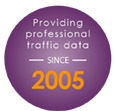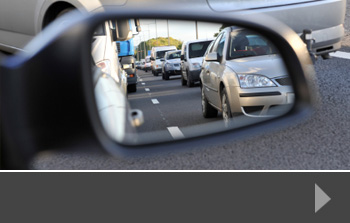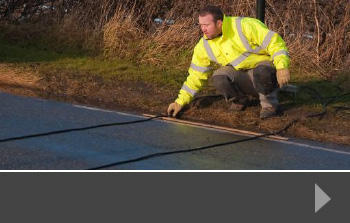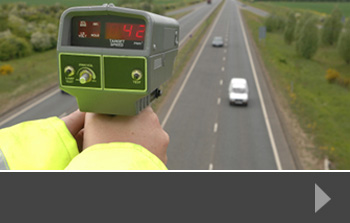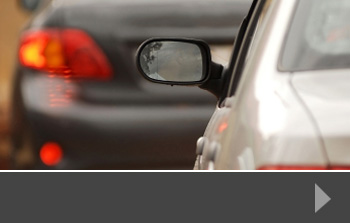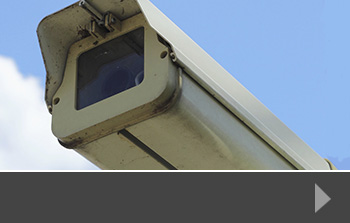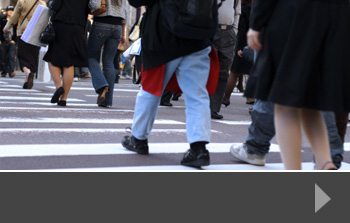Should we use Shared Space Schemes?
When imagining a road in Britain, most people will paint much the same picture: clearly marked lanes for cars at different speeds; additional lanes for bikes or buses; and a separate pavement for pedestrians. If roads meet, this is mediated by traffic lights and signs, and places for pedestrians to cross are likewise clearly marked. So-called ‘Shared Space Schemes’ are set to turn this assumption about the structure of roads on its head.
What is a Shared Space Scheme?
In shared space, there is no distinction between places where cyclists, pedestrians, public transport, and cars can go. All the road space is available for all road users. There are no traffic lights, no signs, no road markings, and no designated crossings. When travelling in a shared space, whether on a bike, in a car, or on foot, it is left up to the road users to navigate around each other safely and to decide who has right of way.
This may sound like it would cause chaos: without firm rules of the road, surely everything must be a roiling mess of traffic jams and accidents? However, when such schemes have been tried, both in Britain and elsewhere, they’ve consistently had much lower accident rates than standard road systems. One such scheme in Ashford, set up in 2008, found that accidents on its roads dropped from 17 in the three years before the scheme, to just four in the five years following. This may seem counterintuitive, but the reasons for it have deep implications for how British streets are designed.
First, drivers in shared space tend to drive more slowly and carefully for fear of hitting cyclists or pedestrians. They are also no longer distracted by traffic lights and excessive signage and so they can focus much more of their attention on the road, and spot things they may otherwise miss.
Secondly, pedestrians are much more alert to cars as they don’t have the perceived safety of crossings. They know that cars may be approaching them at any time from any direction and so permanently keep their attention on their surroundings.
Criticism for Lack of Accessibility
The surprising successes in Shared Space Schemes have come with problems, however. In particular, the idea has attracted criticism from Disability Advocacy groups such as the Royal National Institute for Blind People. The RNIB argue that such schemes make roads inaccessible to blind people, who can’t necessarily spot cars and steer clear of them in the same ways sighted people can. How to capture the benefits of Shared Space Schemes while keeping them accessible for all road users regardless of ability, is a challenge that is still in the process of being solved.
It’s perhaps a drastic change, and it would require a huge amount of investigation, including numerous traffic surveys, pedestrian surveys and a wide range of other data, to make the case. But as we look for new ways to manage travel and transport in the UK, shared space schemes are perhaps worth consideration at the very least.

